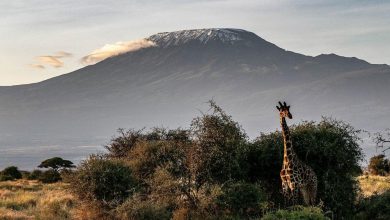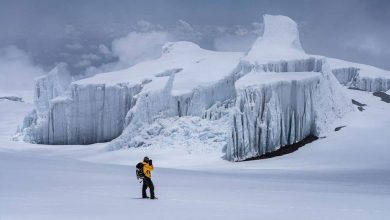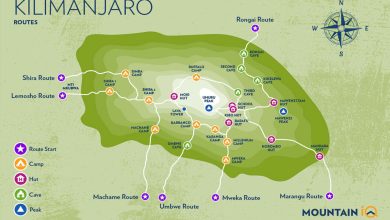Deaths On Mt.Kilimanjaro

Kilimanjaro, being the tallest free-standing mountain in the world, located in Africa, is also one of the most dangerous ones in the world. Though people often underestimate Mt. Kilimanjaro as they consider only Mount Everest and Mount K2, and any mountains over the height of 8000 meters, to be the wildest, they overlook the dangers of smaller mountains.
Though it is not quite right for us to say that Mt. Kilimanjaro, at the height of 5,895 meters (19,340 feet), is any shorter in height for summiting, it sure is one of the tallest and most dangerous ones in the world, if not one of the peaks above 8000. In this article, we will discuss the deaths of summiteers who succumbed to the harshness of Mt.Kilimanjaro. Read till the end to know more!
Deaths on Mt. Kilimanjaro

The fatality rate of Mt. Kilimanjaro is extremely high, and there has been a recorded number of at least 3 to 10 deaths every year on the peak. Moreover, you need to remember that Mt. Kilimanjaro has had several attempts by climbers who have failed in doing so a lot of times. Hence, it is about time that the world be known the dangers and ruthless side of the mountain.
Have people died on Mt. Kilimanjaro?
Yes, many climbers have been led to death on Mt. Kilimanjaro. The recorded number of deaths yearly has been estimated to be at least 10. Though the death rate on Mt. Kilimanjaro is not as high as on most other dangerous peaks in the world, it is still not safe to assume that this mountain cannot kill.
Likewise, about 30,000 people worldwide come to Tanzania, Africa, to attempt to summit Mount Kilimanjaro. Unfortunately, not everyone who comes gets to succeed.
Causes of death on Mt. Kilimanjaro
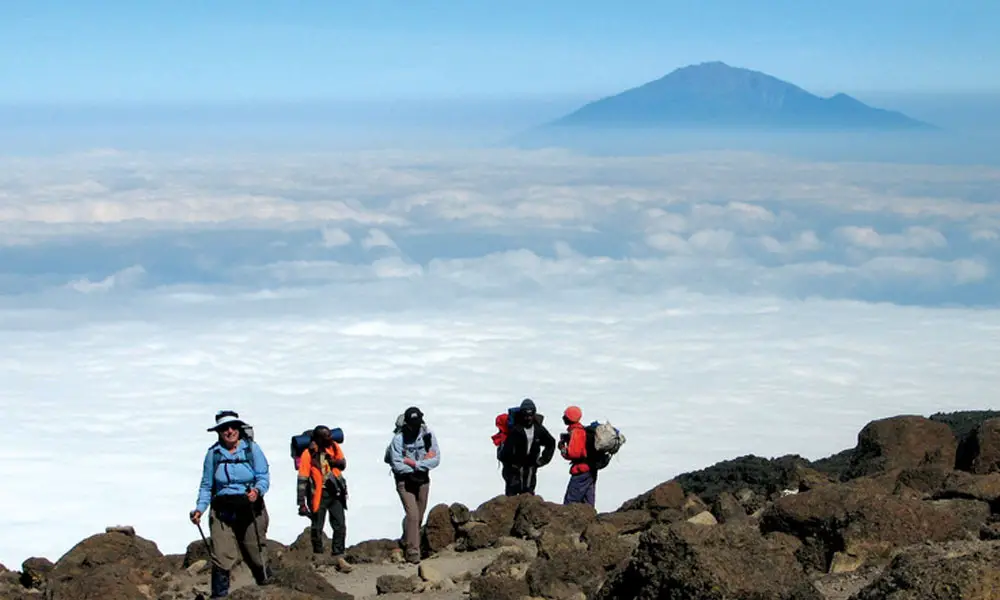
There is more than a single reason why many climbers have died on Mt. Kilimanjaro. Some of the most common reasons would be altitude sickness, shortage of medication, or simply rockfalls.
Above the height of 5000 meters, it is likely for climbers to suffer, especially if they don’t have oxygens in hand. And most climbers tend to pass away due to a lack of experience with such high altitudes and a lack of oxygen. Even artificial oxygen can, sometimes, not be enough for many climbers. People with respiratory problems are to stay off from the mountains if they want to make it longer in life.
Furthermore, heart attacks are often the case for climbers with weaker and diseased hearts. If you are beyond a certain age, it is advisable for you to be extremely careful when you are climbing Mount Kili.
Rockfalls are very common on Mt. Kilimanjaro. Climbers have a very low chance of surviving the rockfalls in the area as they are not only unavoidable but also just as risky. It is just not trustworthy for the mountain to keep the climbers safe. The rocky nature of the peak becomes both an addition to the beauty of the peak as well as the cause of fatalities of climbers at the same time.
Among the most probable areas of death due to rockfall, the Western Breach route tops the list.
Kilimanjaro Death zone
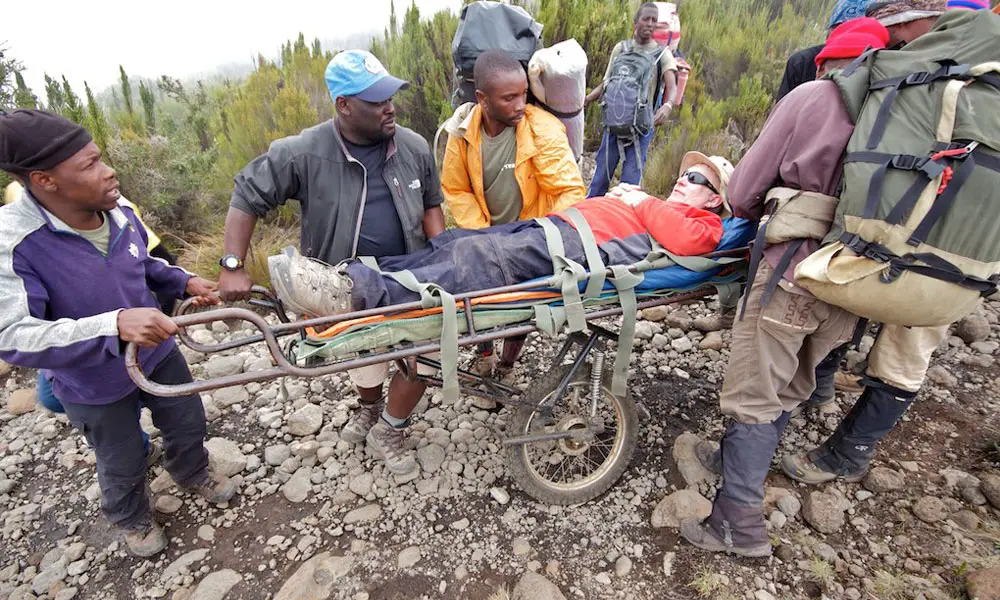
The death zone in Kilimanjaro is above the height of 26,000 ft, as commonly labeled by mountaineers. Beyond this height, the mountain has been called a death zone because of the lack of oxygen and favorable survival conditions due to high altitude. Moreover, icefalls, as well as rockfalls, are very common as the mountain gets steeper with height.
Deaths are unavoidable if one falls from steep heights, gets buried under a rock or big ice, or simply cannot withstand altitude sickness. It is only wise for someone at risk of death around Kili to carry along enough gear to save themselves from the danger that is sure to approach Kilimanjaro.
How safe is it to climb Mount Kilimanjaro?

For anyone who takes enough precautions, Kilimanjaro isn’t all that unsafe to climb. There have been records of attempts and successful summits from people who have outpowered the boundaries of being too old or young, obese, and even having medical conditions.
But then again, recklessness in the mountain will likely cause one to suffer. Hence, there are a few things that you need to keep in mind if you want to climb Mount Kilimanjaro safely, one of the major things being taking along enough oxygen, medications, and, most preferably, a trained guide who is going not just to guide you but also help you when you are having a hard time up the altitude.
Overall, the climb to Mount Kilimanjaro has been proven to be much easier as compared to the climbs to higher mountains. And you don’t have to be a professional climber if you want to succeed in climbing the mountain.
How to avoid death in Mount Kilimanjaro?

A beginner is likely to think about all the ways he can avoid death while fulfilling his desire to climb one of the highest mountains in Africa. Well, the precautions and guidelines are quite simple. Anyone who wants to avoid death can follow the guidelines below:
1. Hypothermia avoidance
Hypothermia is quite common when you are ascending to a high altitude. But, it is not unavoidable either. Firstly, you need to keep yourself warm with enough layers of clothes. Lightweight yet adequately layered clothing will help you throughout your journey. And, when you are climbing with a porter, make sure they are just as warm as you. These porters and guides will take you through the summit along with your gears, and there is no point in risking someone else’s life either.
2. Take extra water bottles
Mountaineers must stay hydrated throughout their journey to Mount Kilimanjaro. Hence, they need to carry along extra bottles of water. As they ascend, they will likely become dehydrated due to tiredness and many other aspects. But these conditions are not unavoidable either.
Keeping extra water bottles will help you stay hydrated and active throughout your journey to the top.
3. Take your time
A reckless person is closer to death than he thinks in Mt. Kilimanjaro. If you want to survive and accommodate yourself as much as you possibly can in the altitude of the mountains, make sure that you take time to climb Kili. You shouldn’t take the shortest route and suffer later. Instead, you can take a longer route to familiarize your body with the increasing altitude slowly.
View this post on Instagram
Read also:
